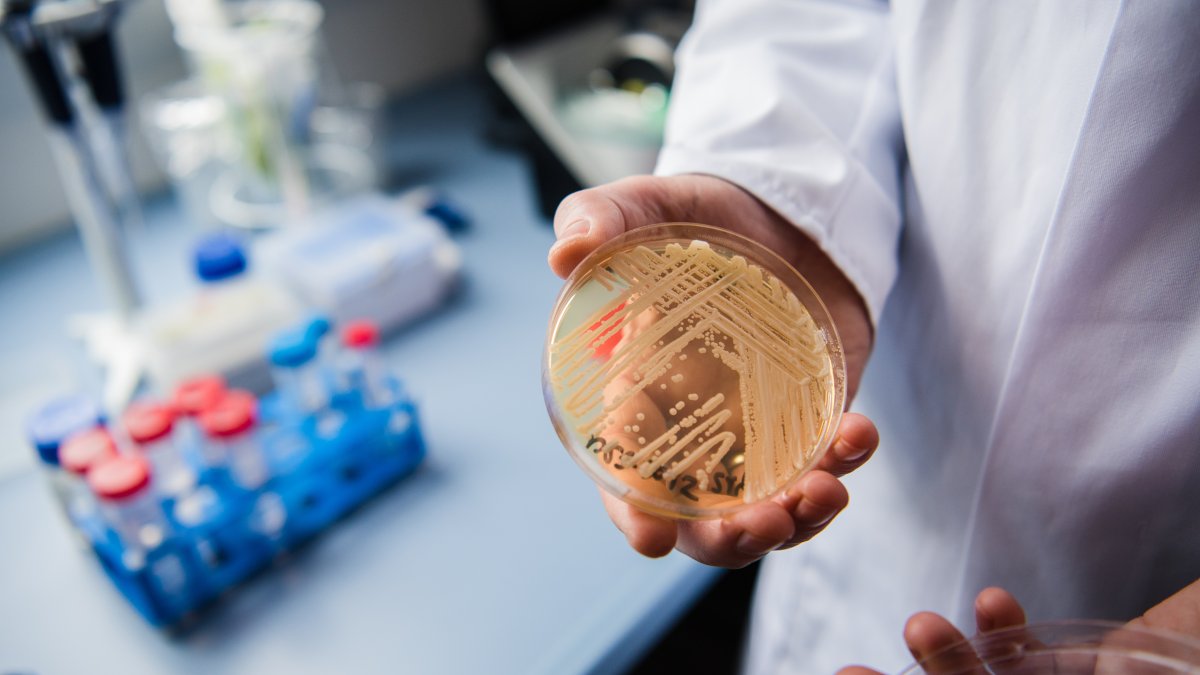NEW YORK – A dangerous fungal infection that the CDC has warned is spreading at an “alarming rate” across the country continues to run amok in New York and New Jersey, with cases in both states on the verge of death. set new records in 2023, data shows.
It is caused by Candida auris, a form of yeast that is generally not harmful to healthy people, but can pose a life-threatening infection threat to immunocompromised and vulnerable populations. It spreads easily and can infect wounds, ears and the bloodstream. Some strains are called superbugs, which do not respond to any available antibiotics.
The CDC describes it as an “emerging” fungus that “poses a serious threat to global health” for three main reasons: Candida auris is often multidrug-resistant (some strains do not respond to any of the three antifungal drugs available); it is easily misidentified in laboratories without specific technology, which could harm public health management; and has caused outbreaks in healthcare facilities, which are of particular concern given their high-risk populations.
While the number of Candida auris cases in the United States tripled between 2020 and 2022, few states have seen such rampant spread as New York, where a 2013 case was retroactively identified as the first in the United States. , and New Jersey.
The two states accounted for nearly one-fifth of all candida auris cases in the United States last year, according to CDC data. Federal data only covers the period ending December 31, 2022, so there is no comparative benchmark for 2023 yet.
That being said, New York is gearing up to break the 2022 decade record of 379 clinical cases in one year. The Big Apple’s 105 confirmed clinical cases as of April 21, 2023 represent 28% of last year’s total, with seven months to come in 2023. A March 22 update counted 72 clinical cases, so new data marks a 46% increase in cases in the last month.
Candida auris cases in New York by year
Most of the cases have been discovered in facilities in the New York area, although some have been found outside the metropolitan area.
| Year | Number of clinical cases | Number of surveillance cases |
| 2013 | 1 | 0 |
| 2014 | 0 | 0 |
| 2015 | 0 | 0 |
| 2016 | 26 | 11 |
| 2017 | 99 | 128 |
| 2018 | 158 | 254 |
| 2019 | 178 | 306 |
| 2020 | 250 | 200 |
| 2021 | 291 | 348 |
| 2022 | 379 | 498 |
| *2023 | 105 | 177 |
| Total* | 1487 | 1922 |
Trends in Candida auris cases in New Jersey
New Jersey has already exceeded the 2022 total provided by the CDC, which is three times lower than the state’s own data. According to data from the New Jersey Department of Health, the current 127 Candida auris cases for this year (as of April 1) represent 34% of last year’s total. Once again, a long year is ahead. And recent trends indicate that cases will continue to rise.
Both states have seen their numbers increase dramatically in recent years, and CDC researchers say the COVID-19 pandemic is likely at least partly to blame. Hospital workers were tense about patients with COVID-19, and it likely distracted them from disinfecting other types of germs, they said.
Candida auris was first identified in Japan in 2009 and has been seen in more and more countries. Most early cases in the United States came from abroad, but most cases are now spreading within the country, authorities say.
The fungus can survive on surfaces in healthcare settings, where it can spread between patients. Doctors have also detected it on the skin of thousands of other patients, making it a transmission risk. People with multiple comorbidities who need a respirator are at higher risk if they contract the infection, health officials say.
Learn more about New York’s response here, and get CDC information for patients and families, plus tips on prevention, symptoms to look for, and more, here. Information on Candida auris from New Jersey can be found here.

